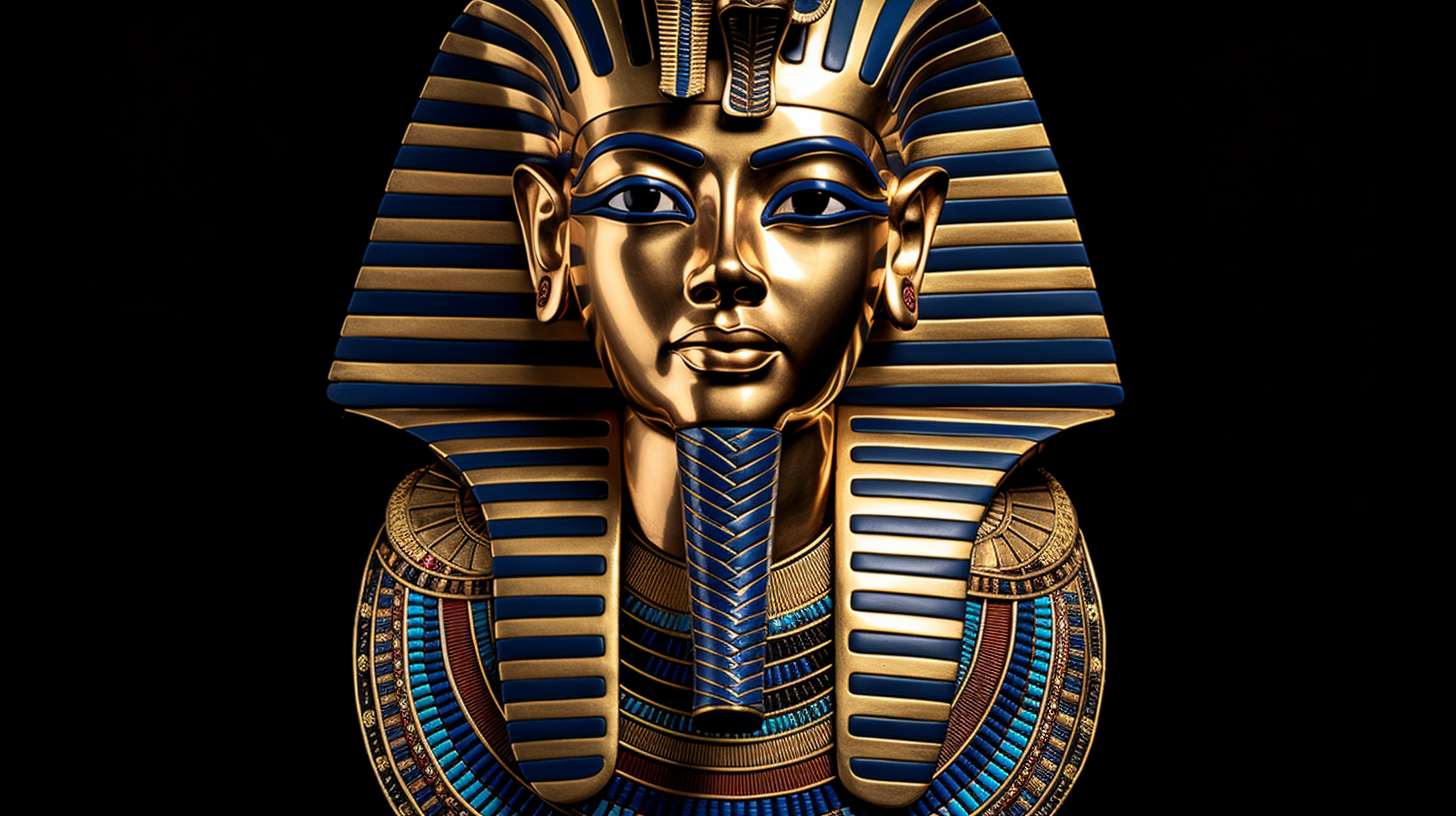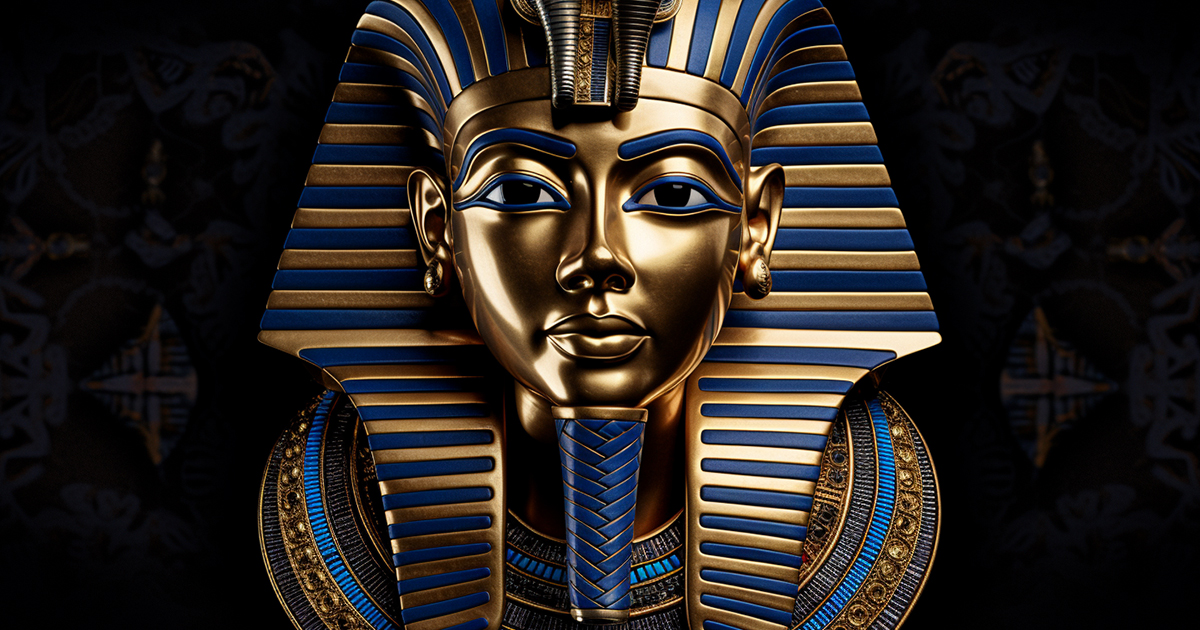A Quick Summary:
King Tutankhamun, commonly known as King Tut, stands out across time with unparalleled fascination. Yet, beneath the well-known name lies a remarkable narrative filled with intrigue, puzzles, and a few peculiar details. Thanks to extensive research and advancements in DNA analysis, our perception of this young ruler has broadened. This article delves into the most peculiar and lesser-known truths about King Tut, shedding light on the essence and legacy of the Boy King.

1. Transformation of Royalty:
Before his reign, King Tut was named Tutankhaten, meaning “living image of Aten.” Upon becoming pharaoh, he adopted the title Tutankhamun, symbolizing his adherence to the god Amun, a key deity of Egyptian mythology. This name change marked a significant elevation for Tut, highlighting his divine status.
2. Ancestral Complexity:
Intermarriage was customary among Egyptian royalty to preserve noble bloodlines. It is speculated that Tut’s parents were siblings. DNA analysis confirms that his mother was the biological sister of Pharaoh Akhenaten, often considered Tut’s father. However, the true identity of Tut’s mother remains a mystery.
3. Unusual Physical Traits:
Tut’s royal lineage came with various physical anomalies. Despite the portrayal of a healthy young pharaoh, Tut likely dealt with an obvious overbite, a curved spine, a clubfoot, narrow hips, a deformed face, epilepsy, and even developed breasts. His short life was likely overshadowed by pain and suffering.
4. Reliance on Assistance:
Tut’s clubfoot required him to use walking aids. His tomb contained over a hundred distinct walking sticks and canes, along with specialized stools used for archery. These artifacts provide insight into his physical condition and the challenges he faced.
5. Short and Unremarkable Reign:
Ascending the throne at the tender age of nine, Tut leaned on skillful advisors for guidance. Horemheb, the Chief Commander of the Egyptian army, and Grand Vizier Ay played crucial roles during his rule. Ay succeeded Tut as pharaoh, only to be succeeded by Horemheb, who sought to erase Akhenaten, Tut, and Ay from historical records.
6. Complex Marital Ties:
Tut married his half-sister, Ankhesenamun, following royal customs. However, their family connections were intricate. Ankhesenamun may have also been married to Tut’s father, Pharaoh Akhenaten. Thus, Tut’s wife was not just his half-sister but potentially his blood sister and even his stepmother.
7. Tragic Fate of Descendants:
Within Tut’s tomb were the mummified bodies of two infants, confirmed through genetic examination to be his children with Ankhesenamun. Unfortunately, one suffered from a severe spinal defect, and both appeared to have been stillborn. Intermarriage likely played a role in their distressing destinies.
8. The Mysterious End:
The circumstances surrounding Tut’s untimely death are numerous, ranging from genetic abnormalities and illnesses to foul play. Recent findings suggest he may have succumbed to a malarial infection after fracturing his leg. Genetic predispositions potentially weakened his immune system, making him vulnerable to such conditions.
9. The Myth of Pharaoh’s Curse:
The legend of the “Curse of the Pharaohs” did not originate with King Tut but gained significant attention after the discovery of his tomb. Several members of the expedition died shortly after, fueling superstitions. Critics argue that most casualties were among older or high-risk individuals, yet the superstition persists.
10. King Tut in Modern Culture:
King Tut’s discovery in 1922 sparked a cultural phenomenon known as “Tut Fever.” It even inspired a villain in Batman, King Tut, played by Victor Buono, who saw himself as the ancient Egyptian ruler. Additionally, Steve Martin’s comedic song “King Tut” surged in popularity, landing on the Billboard Hot 100 chart.
Visual Representation:
In Conclusion:
Though King Tut’s life was short and overshadowed by physical challenges, his impact endures as one of history’s most enigmatic figures. From his complex family relationships to his bodily ailments, King Tut’s story continues to fascinate and perplex, showcasing the intricate and peculiar aspects of history.
